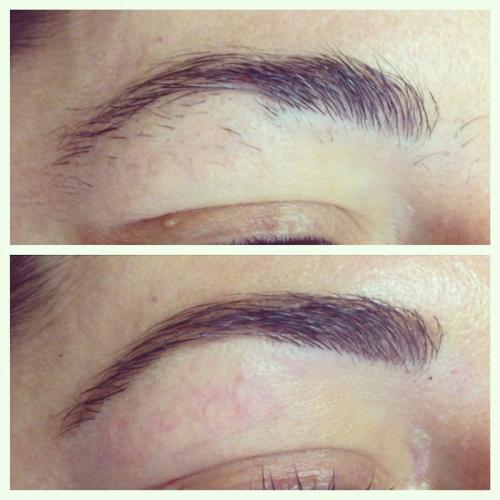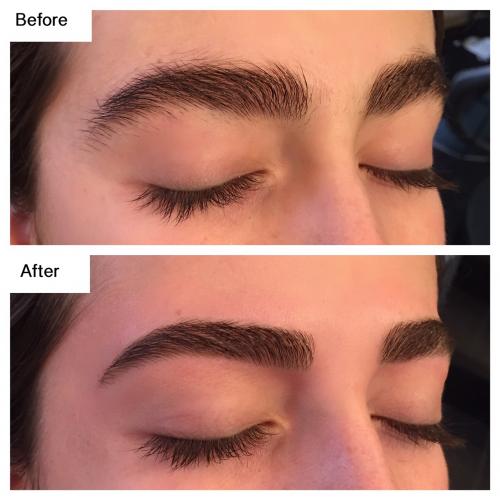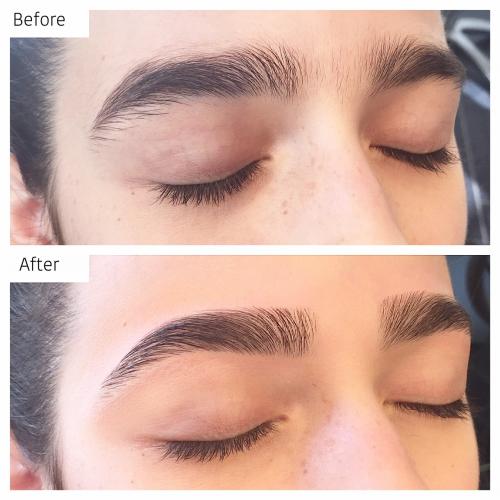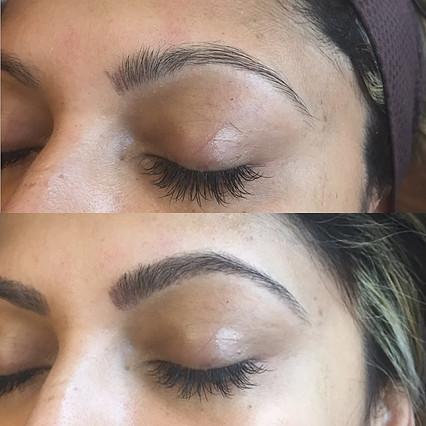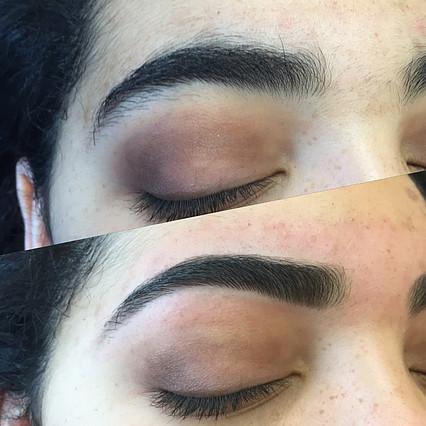To Buy Finpecia Online Visit Our Pharmacy ↓

Understanding What Finpecia Is and How It Works
Finpecia, a widely recognized generic form of Finasteride, plays a vital role in combating male pattern baldness by targeting the hormone responsible for hair follicle shrinkage. Unlike other treatments, Finpecia specifically inhibits the enzyme 5-alpha-reductase, reducing dihydrotestosterone (DHT) levels and thus halting hair loss progression.
Understanding its mechanism helps demystify its effectiveness in hair restoration. Many users report noticeable improvements over time as Finpecia aids in maintaining existing hair while encouraging regrowth. However, results vary, making it crucial to manage expectations realistically.
| Aspect | Details |
|---|---|
| Mechanism | Inhibits 5-alpha-reductase, reducing DHT |
| Outcome | Halts hair loss, supports regrowth |
Common Misconceptions Surrounding Hair Loss Treatments

When it comes to hair loss treatments, many seek a miracle cure without fully understanding the science behind medications like finpecia. There's a widely held belief that finpecia and similar treatments deliver instant results, but hair regrowth is a gradual process that requires patience. Another misconception is that all hair loss treatments work universally, disregarding individual differences in response. Hair restoration is not a one-size-fits-all solution, and what works wonders for one person might not yield the same success for another.
Furthermore, it's often thought that more expensive treatments are synonymous with superior results. In reality, a costlier price tag doesn’t guarantee effectiveness. Lastly, some believe that natural remedies are safer and equally effective alternatives to pharmaceutical options like finpecia, but without scientific backing, these claims often lack substance and reliability.
Separating Fact from Fiction: Efficacy of Finpecia
While many may question the effectiveness of Finpecia in combating hair loss, scientific studies have repeatedly underscored its efficacy. Finpecia, a branded form of Finasteride, works by inhibiting the conversion of testosterone to dihydrotestosterone (DHT) – a key player in hair follicle miniaturization. Clinical trials have shown that Finpecia can significantly slow down hair loss and, in some cases, even promote regrowth.
However, myths persist, often clouded by anecdotal evidence and misinformation. It’s crucial to understand that while no treatment guarantees results for everyone, Finpecia's proven mechanism plays a pivotal role for many users. In fact, over 80% of male participants in studies reported positive outcomes.
For those considering its use, setting realistic expectations and consulting a healthcare professional can provide clarity. Finpecia has consistently demonstrated its ability to make a discernible difference for a substantial number of individuals grappling with hair loss.
Navigating the Side Effects: What to Expect

Taking Finpecia can be an effective way to address hair loss, but it's important to approach its use with a clear understanding of potential side effects. While many users may experience little to no adverse reactions, some may encounter issues such as decreased libido, erectile dysfunction, or mild allergic reactions. These side effects are not inevitable but remain a possibility. Thus, staying informed and consulting healthcare professionals before starting Finpecia helps in managing expectations and ensuring a safer treatment journey.
When integrating Finpecia into your hair care routine, it's vital to engage with cross-referenced information about its possible side effects. Elevated levels of caution can mitigate risks, allowing users to navigate any health changes effectively. By proactively monitoring your health and maintaining open communication with your healthcare provider, you can enhance your confidence in using Finpecia responsibly. This strategic approach is essential in maximizing the hair preservation benefits while minimizing concerns over side effects.
Real-life Experiences: Success Stories and Cautionary Tales
Many users of Finpecia have shared their positive results, transforming skepticism into genuine belief. For instance, John, a 35-year-old engineer, saw noticeable hair regrowth within months, boosting his confidence substantially. Such success stories demonstrate the potential of Finpecia to change lives by countering hair loss effectively. However, cautionary tales exist too. Alice, a 44-year-old office manager, experienced side effects like decreased libido, a reality she wished she'd known beforehand. These experiences highlight the importance of understanding the medication's impact on the body. The contrasting experiences emphasize the need for personalized consultations with healthcare providers before starting Finpecia. This preventive step ensures users make informed decisions, balancing potential benefits with an awareness of possible side effects, achieving the best possible outcome.
| User | Outcome |
|---|---|
| John, 35 | Positive regrowth, increased confidence |
| Alice, 44 | Experienced side effects, decreased libido |
Tips for Responsible Use and Best Practices
To ensure effective use of Finpecia, it's crucial to adhere to prescribed dosages and regularly consult a healthcare professional. Monitor any side effects closely and maintain open communication with your doctor to tailor the treatment to your specific needs. Combining Finpecia with a healthy lifestyle, including proper nutrition and stress management, can optimize results. Regular scalp massages and appropriate hair care products also complement its benefits. Always prioritize scientifically-backed information and avoid impulsively following myths or unverified claims.
For more detailed insights, please visit the National Center for Biotechnology Information and review guidelines from NIH’s MedlinePlus.
Before & After
Testimonials
Read out what our customers say about our services.
Read Testimonials
Join Our VIP List
Great News!
Comming soon our new location in Fort Worth (Alliance area)
3529 Heritage Trace Parkway, Suite 163
Fort Worth, TX 76244
Sign up now to join our VIP list and receive coupons

